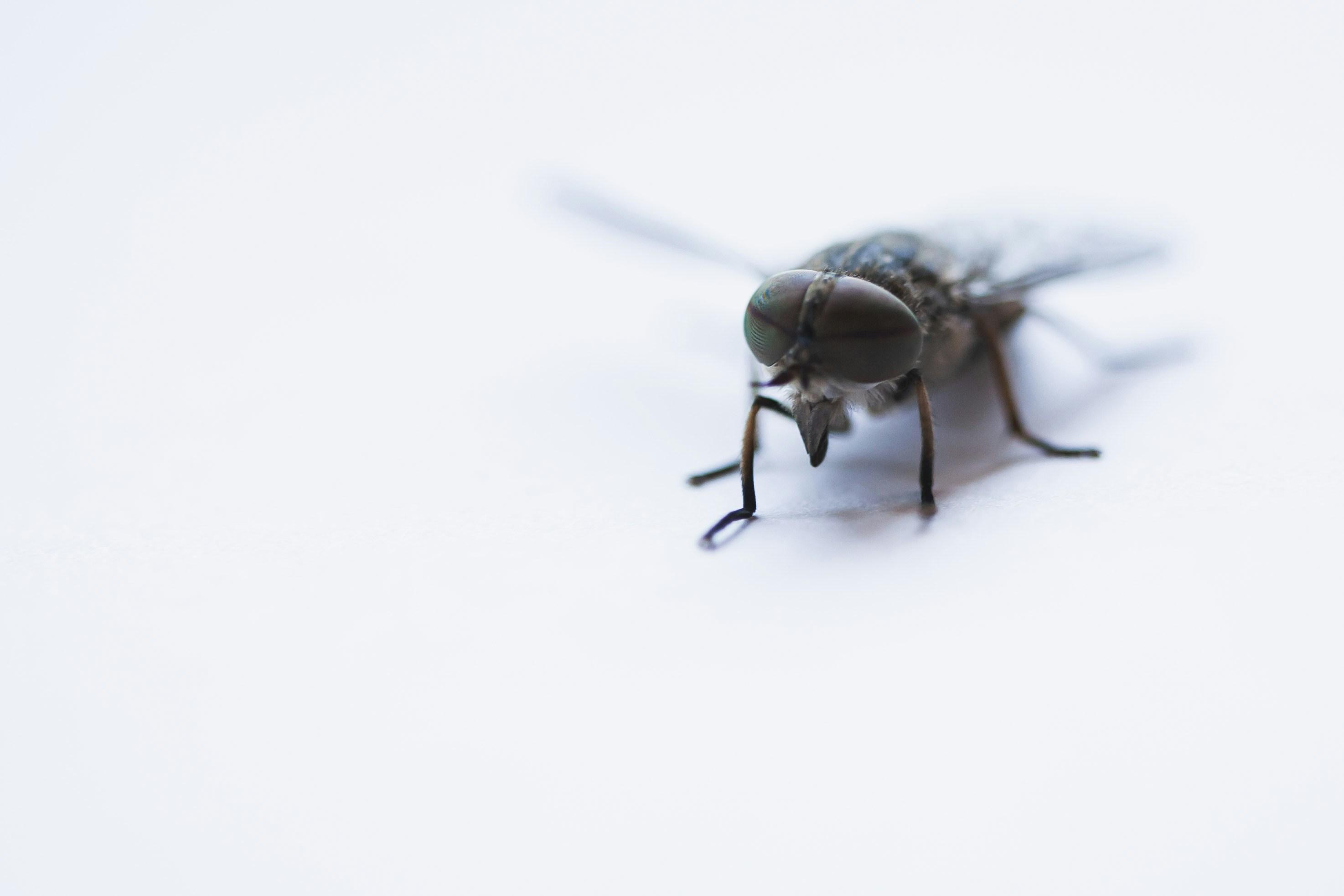Brain-mapping studies support insect-inspired alternative To AI
This week in Nature two studies were published presenting the most detailed view yet of the brain of insects. What scientists call “connectomes” are in essence maps of all the connections between each of the brain cells (neurons) that make up a brain – essentially the brain’s wiring diagram.
Multiple international research teams are engaged in a race to map the connectomes of various animal species, including other insects, which they view as a critical step to understanding how these tiny brains generate such impressive behaviors. Previous connectomes have typically looked at connections between neurons in different brain regions, hence missing what may be crucial detail on connectivity within those regions.

In contrast these papers highlighted represent a major advance to that goal by publishing a connectome of an entire adult fly brain (~140,000 neurons) which is crucially augmented with previously unreported information about cell types, their locations, and their developmental basis.
How Opteran have used connectomes to solve autonomy
So do these connectomes actually advance our understanding of how brains work? Yes, but not directly.
That is, significant analysis is still required to untangle the spaghetti of connections, to understand what information is processed and how by bringing in other data sources such as animal behaviour experiments and neural recordings, before ultimately revealing how this drives in intelligent behavior. This is the expertise brought to bear by the computational neuroscientists at Opteran.
An excellent example lies in the development of our patented navigational technology. To understand how flying insects so deftly avoid obstacles in their environment, our researchers created a computational model of the visual processing pathways of insects concerned with detecting moving patterns. In this case, information on neural wiring, combined with other sources provided a scaffold for the modelling – indicating the type of architectures that were possible and which were not. The team then used the computational model to fill in data-gaps in connectome data, to explore different options for information flow, and ultimately to reverse engineer how the circuits actually function. This in turn allowed Opteran to abstract critical lessons ready for application to similar problems faced by autonomous machines.

Reverse engineering part of an insect brain, Opteran uses computational models of the real brains to bridge the gap between connectomes and a true understanding of the algorithms used by nature
The lesson here is that while connectomes offer huge value in inspiring ideas and constraining the search space for solutions, other experimental data combined with follow-on computational modeling remains vital to interpretation of data and abstraction of the fundamental principles of intelligence. The publication of the fly connectome supports Opteran’s approach of understanding autonomy by looking at the brains of insects – it’s much easier to generate connectomes and computational models for brains with a few hundred thousand neurons, compared to a brain with several billion.

Dr Michael Mangan
VP of Research, Opteran


